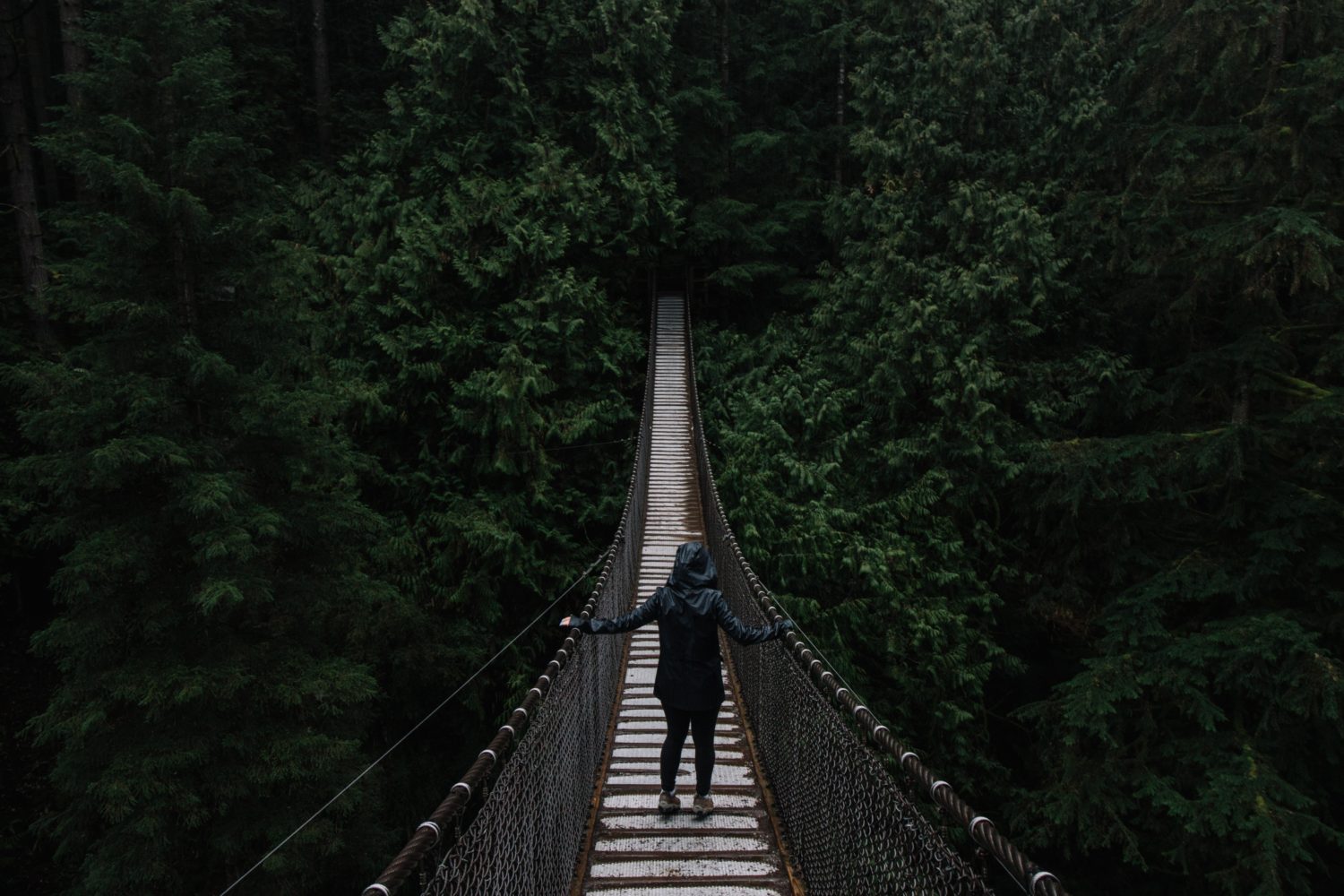
What does it mean to be Cascadian?
Do you have to be born here? Do you have to live here a certain amount of time? Do you have to agree with certain shared Cascadian values (e.g. environmentalism or multiculturalism)? These are complex questions for a region that is in many ways defined by its diversity.
A clear “Cascadian Self” is an elusive idea. But in an age where identity is routinely contested and often used to determine conditions for belonging and/or exclusion, paying attention to such questions of identity in this place will no doubt be required to avoid the pitfalls of increasing polarization so common in much of North America. And when Christianity is often perceived as contributing to such polarization, Cascadian Christians should see this as an opportunity to model a better way of engaging diversity in Cascadia.
Now, I think we need to be honest as Cascadians and as Christians: being defined by diversity is a daunting reality. Confronted by difference, our world has proven that unity in diversity is no easy task—ongoing ecclesial division is but one example of such challenge! Therefore, I want to suggest that any conception of a Cascadian Self will require attention to each of the formational identities that make up Cascadia’s diversity. Here I will look briefly at four examples as a way to begin, realizing such a sketch only hints at the type of deeper engagement needed. Such cultural engagement, I will conclude, is an essential skill for Christians in Cascadia in the 21st century.
Which Cascadian Self?
One only has to look at demographics in Portland, Seattle, and Vancouver, consider a short summary of this region’s ethnic and cultural history, or survey the region’s popular culture, and it’s clear that Cascadia has a population of many identities. Cascadia’s “social imaginary,” to quote philosopher Charles Taylor—this determinative experience of “common understanding which makes possible common practices”—is characterized by its diversity. It is diversity itself that is the common understanding, highlighting the need to engage such diversity well as a common practice. Consider just a few of the many sources of the Cascadian Self:
Indigenous identities: Let’s be clear: Cascadia’s diversity is not new. Cascadia has always been diverse. Whether it is the Squamish Nation (BC), Duwamish Tribe (WA), Chinook Nation (OR/WA), or the many other groups throughout Cascadia, there is a long history of diverse indigenous peoples residing in this place. Each group has a unique history of connection to their place along with a particular way of life. Yet often overshadowing their individual histories, Cascadia’s indigenous groups share a collective experience of displacement and suffering as the region was settled in recent centuries. The trauma of this past and present history is significant in Cascadian indigenous identity still today. As Sto:lo elder Patti Victor recently shared with me, “intolerant and judgmental attitudes of the dominant Canadian culture live on, where cultural assimilation is still expected for indigenous people.” Is an indigenous identity the true Cascadian Self?
Settler identities: The impulse to explore and settle in what was once seen as the edges of civilization is such a prominent part of Cascadia’s history. From Lewis and Clark’s expeditions, to Hudson’s Bay and the subsequent BC gold rush, to post-war urbanization, to modern technological innovation and development, versions of the American Dream—let’s be honest, the American Dream doesn’t stop at international borders—have inspired countless people to repeatedly venture to this place. While many came to Cascadia in pursuit of adventure and community, what many found was power, wealth and property. Much of this region’s wealth and global influence comes from the settler story. Is a settler identity the true Cascadian Self?
Environmental identity: While geography is inescapable in all cultures, there is something about Cascadia as an environment that gives unique shape to Cascadian identity. The Cascade mountain range, the Pacific coastline, the network of lakes and rivers, and the immense forests thwart the human impulse to gain complete control of our lives, try as we might. Even in Cascadia’s urban centres, one only has to look to the horizon to be reminded that we are part of a place that is bigger than ourselves and what we’ve built. Such an environment can even shape Cascadians’ many forms of religious expression, what religion scholar Paul Bramadat describes as “reverential naturalism.” As Bramadat reflected in a recent interview, “Out here on the West Coast, it’s just very obvious to people that you should somehow factor in the natural environment when you’re thinking about your spiritual life, or when you’re thinking about ecological decisions and so forth.” A connection to the environment is essential to living in Cascadia. Is an environmental identity, then, the true Cascadian Self?
Multicultural identities: While cultural diversity exists and is growing across North America, the extent of such cultural diversity is significant in Cascadia. Multiple ethnic groups make up substantial portions of the demographics in Cascadia’s urban centers. Cultural diversity is not just about recognizing the presence of one or two visible minorities amongst a remaining Caucasian majority, but involves the experiences of multiple visible minorities combining to form an influential demographic. For example, as Vancouver journalist and Cascadian culture expert, Douglas Todd pointed out, 2016 census numbers saw Vancouver’s traditional visible minorities—people with Chinese, South Asian, and Filipino ancestry—combine to form a slight majority. Any previous assumption that immigrants assimilate to some form of dominant Cascadian identity gets shifted if that dominant culture itself is marked by ethnic diversity. So, is an immigrant identity the true Cascadian Self?
Engaging Cascadian Identities
These are just four examples of particular identities that contribute to Cascadia’s diversity, illustrating what Alasdair MacIntyre describes as the need for “conversation between traditions.” Many more identities need to be accounted for to see just how diverse Cascadian identity is. For example, difference between urban, suburban, and rural Cascadia can be significant. And then there is the matter of the region’s two vastly different countries. Vancouver has similarities to Portland and Seattle, but the fact that it is in Canada is still more determinative in relation to its Southern neighbours than its place in Cascadia. Additionally, economics, not the least of which relates to housing, significantly influences Cascadian identity. People may love the idea of being a resident of Cascadia, but whether they can afford to live here is another question!
All this to say, while the Cascadian Self is the mosaic of identities that together can lead to discomfort and division, we need to find ways to foster more intentional “conversation” between them. We need to avoid misunderstanding and build trust and community. Hopefully this summary is one example of such a conversation. If diversity is the one shared Cascadian identity, conversations will no doubt be a key shared practice for this place.
How should Cascadian Christians approach such conversations? We can rest assured that Cascadia is part of God’s “very good” creation, and we need to accept our task as image bearers to care for this place and its people. Christians need to love the Cascadian Self, both in our own contribution and in our encounter with our neighbors. The Christian belief that people of all nations are before the throne of God (Rev. 7:9) and that in Christ, we are one people in our diversity (Gal. 3:28), should give us cause to celebrate the diversity that we find in this place. All Cascadians contribute to the Cascadian Self. And in relating to one another’s identities, we can realize that engaging such diversity is, in fact, loving our Cascadian neighbours as our Cascadian selves.
